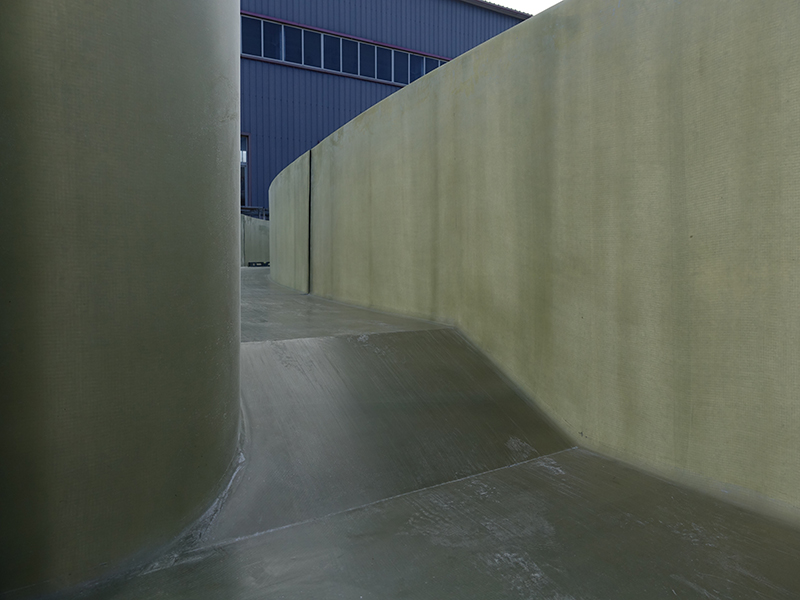
-
 Afrikaans
Afrikaans -
 Albanian
Albanian -
 Amharic
Amharic -
 Arabic
Arabic -
 Armenian
Armenian -
 Azerbaijani
Azerbaijani -
 Basque
Basque -
 Belarusian
Belarusian -
 Bengali
Bengali -
 Bosnian
Bosnian -
 Bulgarian
Bulgarian -
 Catalan
Catalan -
 Cebuano
Cebuano -
 China
China -
 China (Taiwan)
China (Taiwan) -
 Corsican
Corsican -
 Croatian
Croatian -
 Czech
Czech -
 Danish
Danish -
 Dutch
Dutch -
 English
English -
 Esperanto
Esperanto -
 Estonian
Estonian -
 Finnish
Finnish -
 French
French -
 Frisian
Frisian -
 Galician
Galician -
 Georgian
Georgian -
 German
German -
 Greek
Greek -
 Gujarati
Gujarati -
 Haitian Creole
Haitian Creole -
 hausa
hausa -
 hawaiian
hawaiian -
 Hebrew
Hebrew -
 Hindi
Hindi -
 Miao
Miao -
 Hungarian
Hungarian -
 Icelandic
Icelandic -
 igbo
igbo -
 Indonesian
Indonesian -
 irish
irish -
 Italian
Italian -
 Japanese
Japanese -
 Javanese
Javanese -
 Kannada
Kannada -
 kazakh
kazakh -
 Khmer
Khmer -
 Rwandese
Rwandese -
 Korean
Korean -
 Kurdish
Kurdish -
 Kyrgyz
Kyrgyz -
 Lao
Lao -
 Latin
Latin -
 Latvian
Latvian -
 Lithuanian
Lithuanian -
 Luxembourgish
Luxembourgish -
 Macedonian
Macedonian -
 Malgashi
Malgashi -
 Malay
Malay -
 Malayalam
Malayalam -
 Maltese
Maltese -
 Maori
Maori -
 Marathi
Marathi -
 Mongolian
Mongolian -
 Myanmar
Myanmar -
 Nepali
Nepali -
 Norwegian
Norwegian -
 Norwegian
Norwegian -
 Occitan
Occitan -
 Pashto
Pashto -
 Persian
Persian -
 Polish
Polish -
 Portuguese
Portuguese -
 Punjabi
Punjabi -
 Romanian
Romanian -
 Russian
Russian -
 Samoan
Samoan -
 Scottish Gaelic
Scottish Gaelic -
 Serbian
Serbian -
 Sesotho
Sesotho -
 Shona
Shona -
 Sindhi
Sindhi -
 Sinhala
Sinhala -
 Slovak
Slovak -
 Slovenian
Slovenian -
 Somali
Somali -
 Spanish
Spanish -
 Sundanese
Sundanese -
 Swahili
Swahili -
 Swedish
Swedish -
 Tagalog
Tagalog -
 Tajik
Tajik -
 Tamil
Tamil -
 Tatar
Tatar -
 Telugu
Telugu -
 Thai
Thai -
 Turkish
Turkish -
 Turkmen
Turkmen -
 Ukrainian
Ukrainian -
 Urdu
Urdu -
 Uighur
Uighur -
 Uzbek
Uzbek -
 Vietnamese
Vietnamese -
 Welsh
Welsh -
 Bantu
Bantu -
 Yiddish
Yiddish -
 Yoruba
Yoruba -
 Zulu
Zulu
frp shell
Understanding FRP Shells A Modern Approach to Structural Engineering
Fiber-Reinforced Polymer (FRP) shells represent a significant advancement in the field of structural engineering. As an innovative composite material, FRP is composed of a polymer matrix reinforced with high-strength fibers such as glass, carbon, or aramid. This combination provides superior mechanical properties, making FRP shells an attractive option for various applications, ranging from civil engineering structures to aerospace components.
.
In addition to being lightweight, FRP materials exhibit excellent resistance to corrosion and environmental degradation. Unlike traditional metal structures that succumb to rust and wear over time, FRP shells remain stable and durable under harsh conditions, including exposure to moisture, chemicals, and UV radiation. This characteristic not only extends the lifespan of the structures but also reduces maintenance costs, making them a cost-effective solution in the long run.
frp shell

The versatility of FRP shells extends to their design flexibility. The composite materials can be molded into complex shapes that would be difficult to achieve with conventional materials. This adaptability allows for more creative architectural designs, enabling engineers and architects to push the boundaries of their imagination while ensuring structural integrity. Additionally, the manufacturing processes for FRP shells can be tailored to produce a variety of geometries, further enhancing their applicability in different projects.
Moreover, the deployment of FRP shells aligns with contemporary sustainability goals. As the construction industry increasingly focuses on reducing its carbon footprint, the use of lightweight and durable materials like FRP contributes to energy efficiency during both production and operation phases. The reduced need for heavy machinery during installation and lower transportation costs due to the material's lightweight nature synergistically minimize environmental impact.
However, it is essential to consider some challenges associated with the use of FRP shells. Their initial cost can be higher than traditional materials, which may deter some project developers. Additionally, while the material has been extensively tested in many applications, ongoing research is necessary to fully understand the long-term performance of FRP shells in various environmental conditions and loads.
In conclusion, FRP shells represent a promising direction in structural engineering, combining lightweight design, corrosion resistance, and flexibility. As technological advancements continue to evolve, the integration of FRP shells in construction practices is expected to become more prevalent, paving the way for innovative, sustainable, and resilient structures that meet the demands of the modern world. Embracing such materials not only enhances the engineering capabilities but also aligns with the global shift towards more sustainable construction practices.









